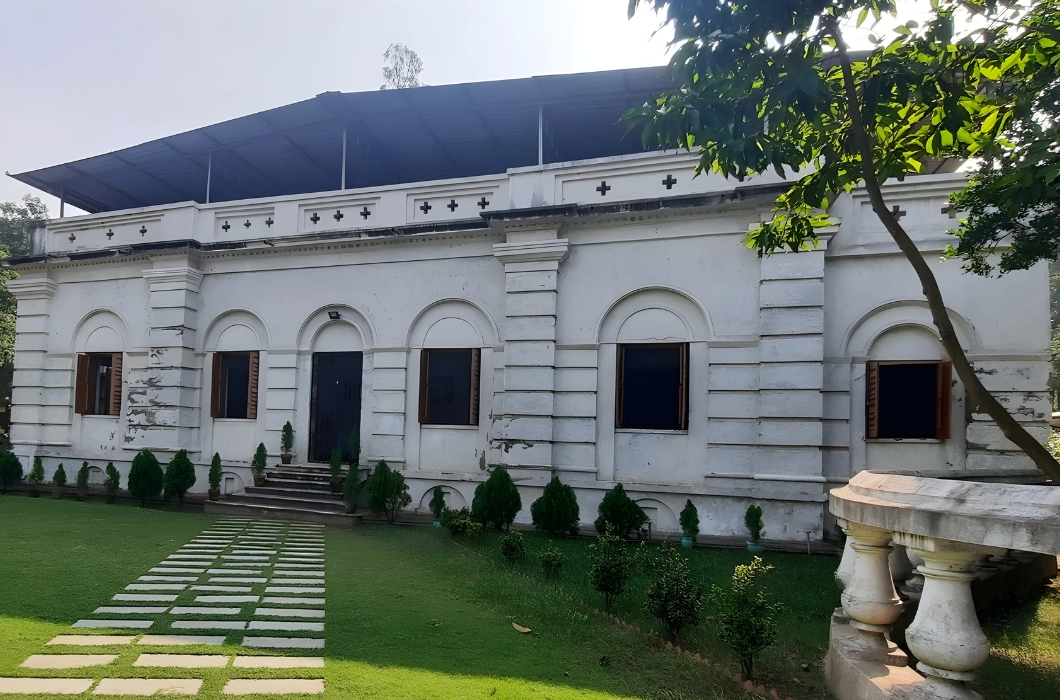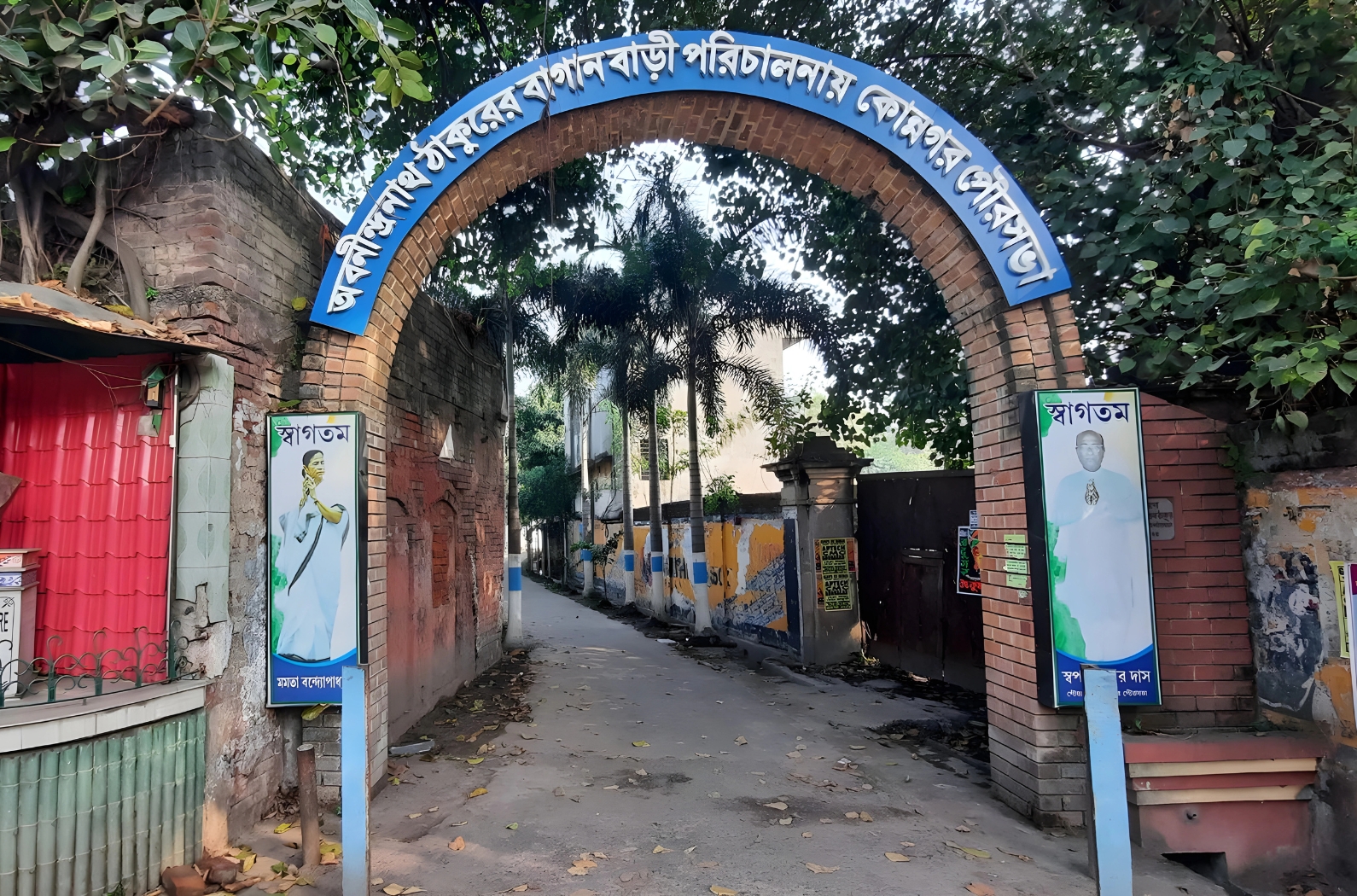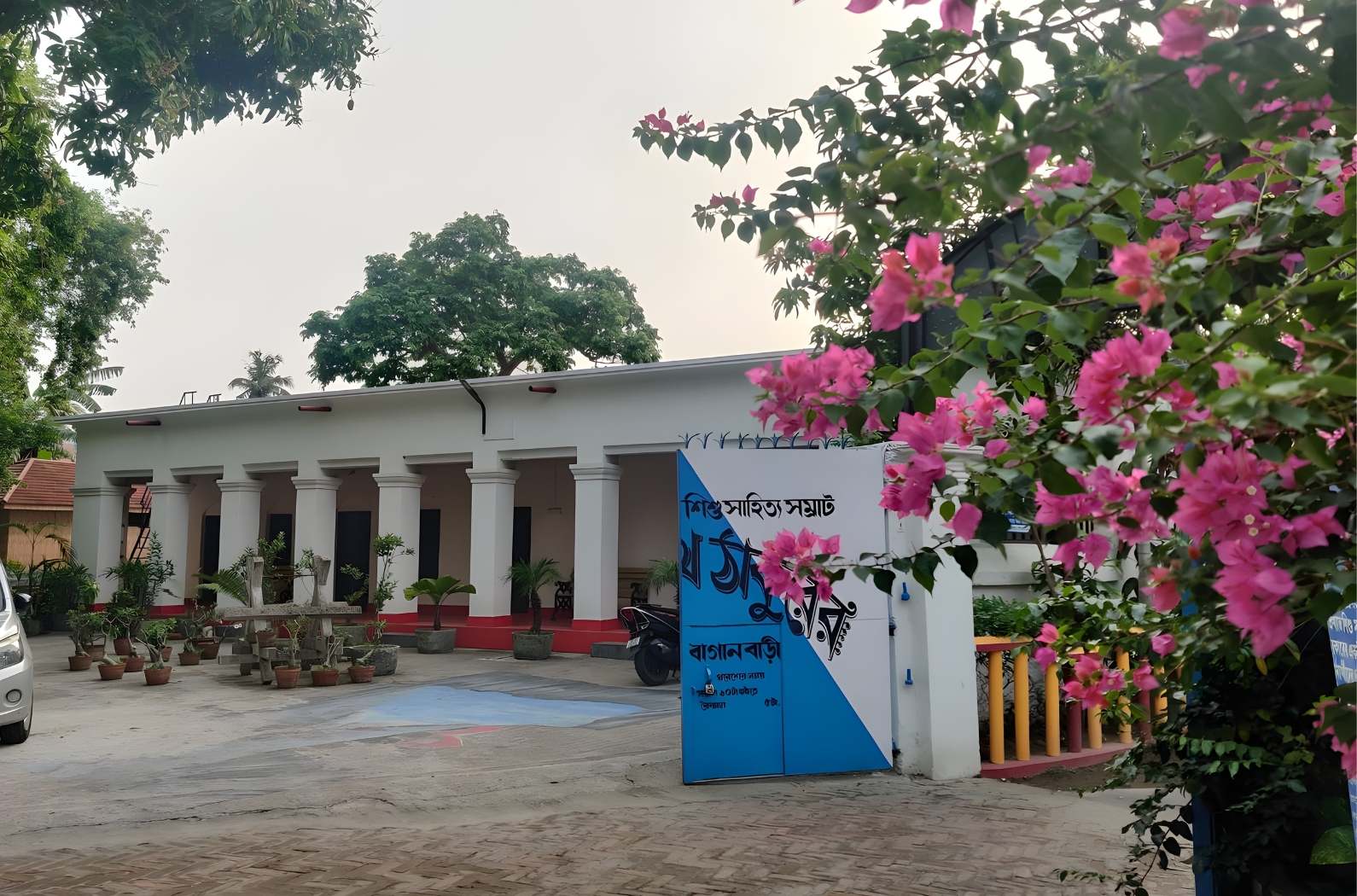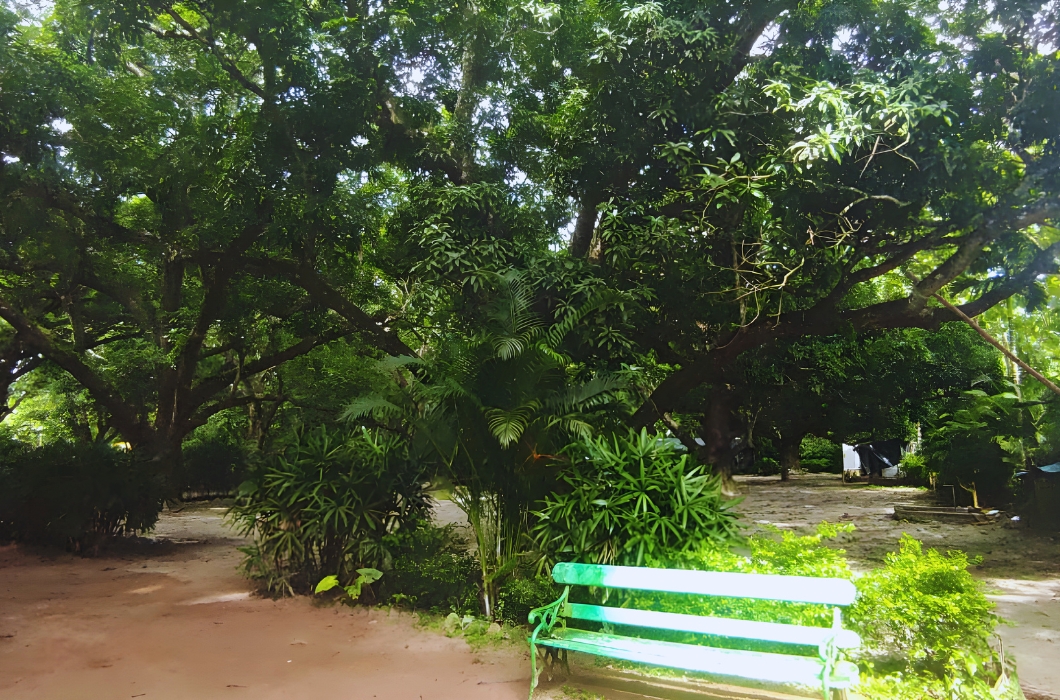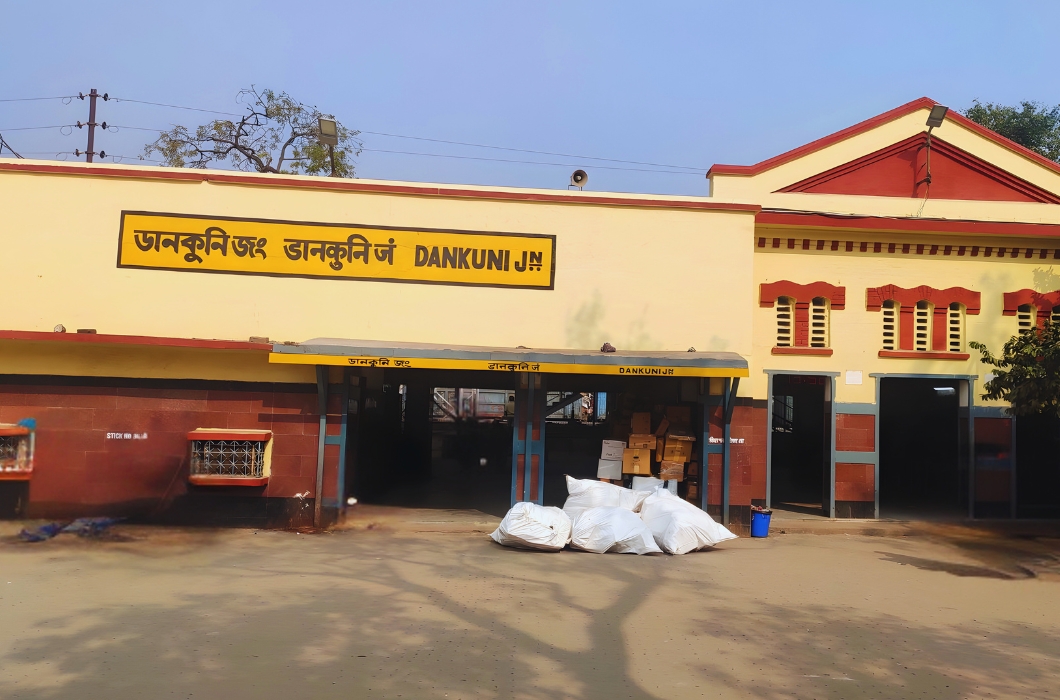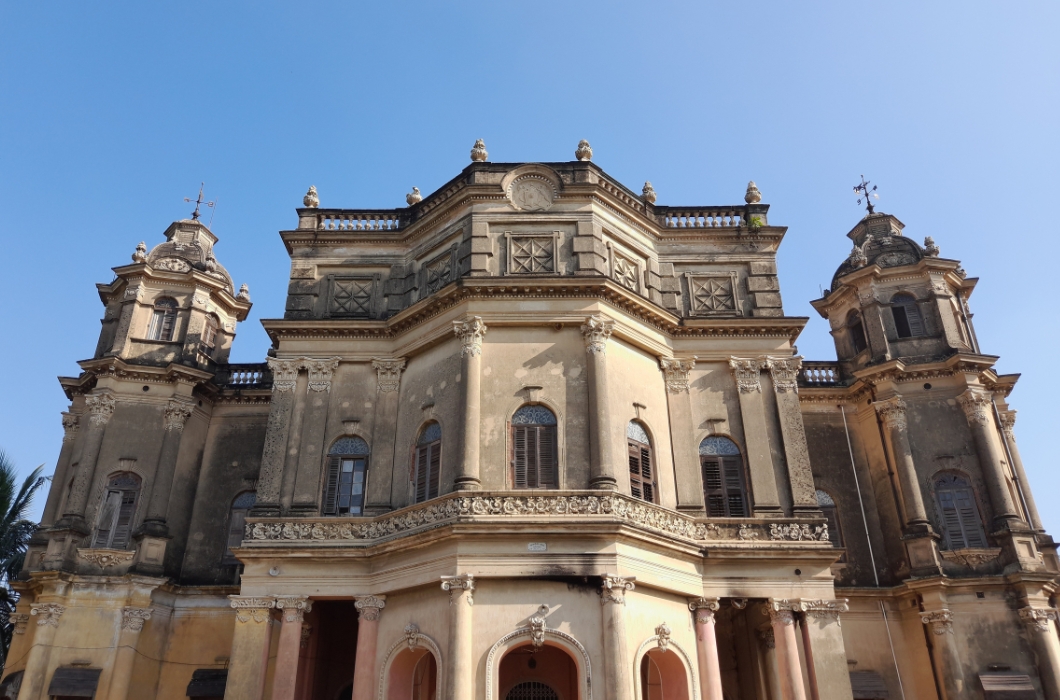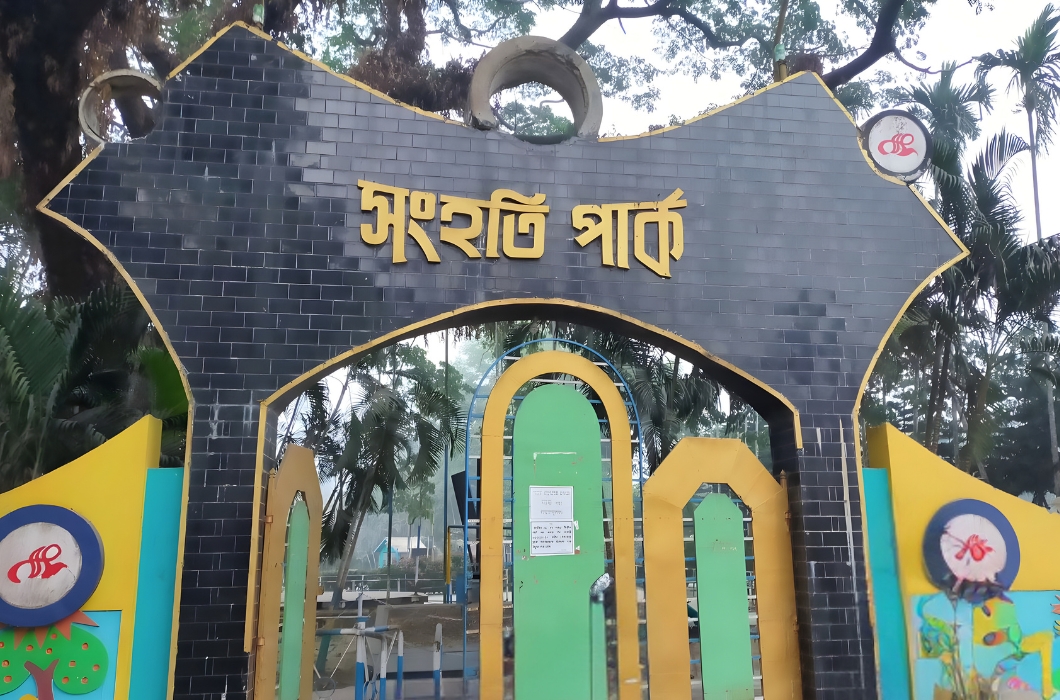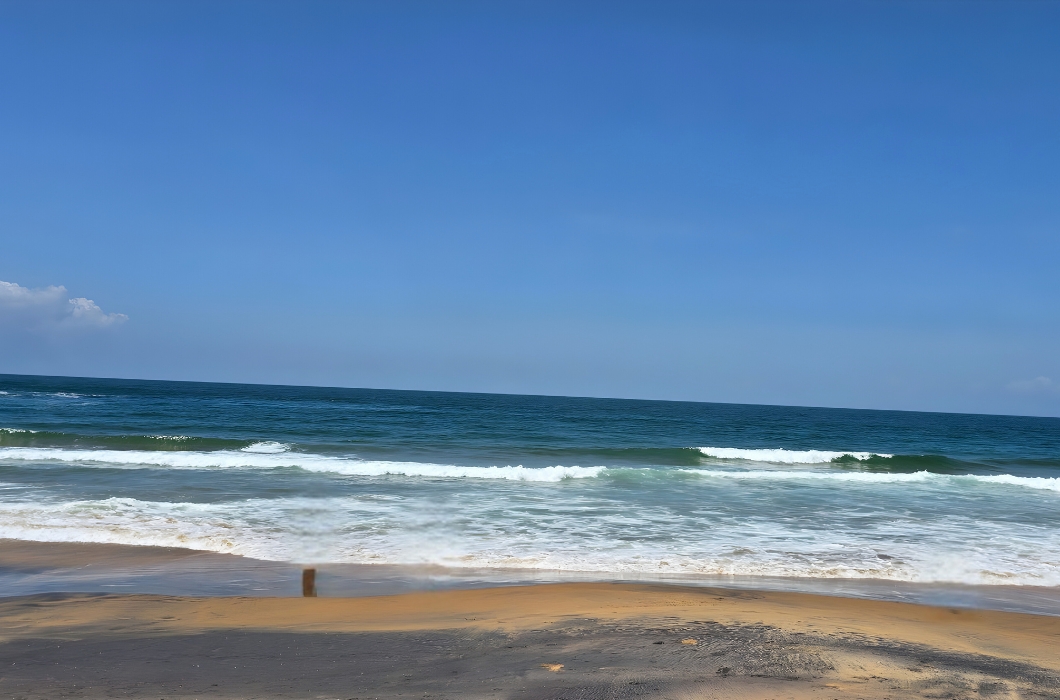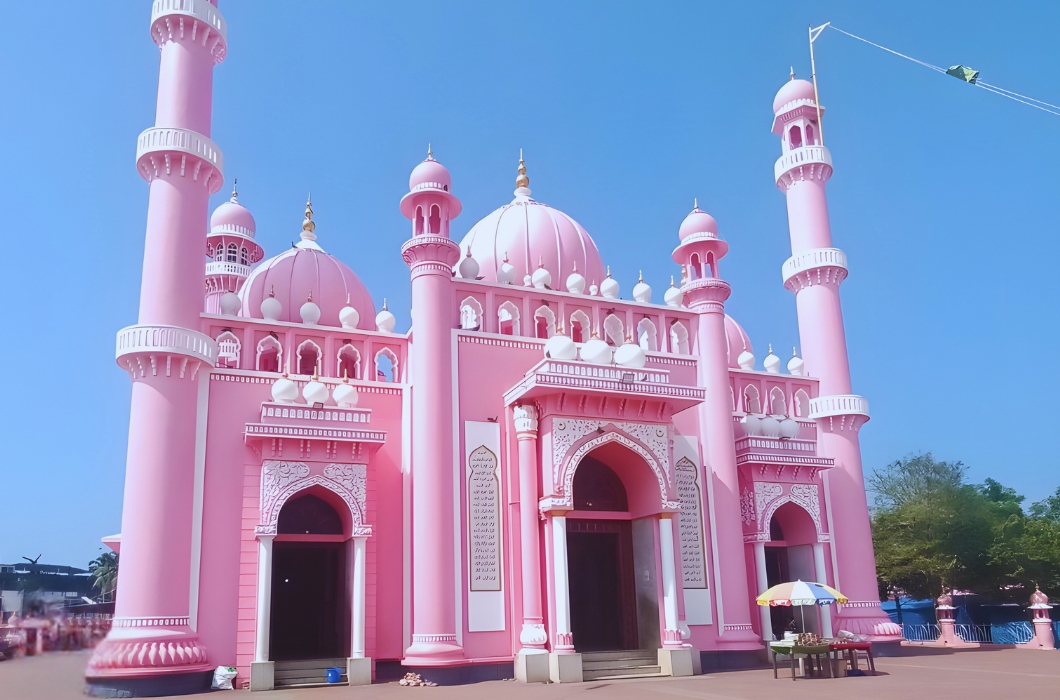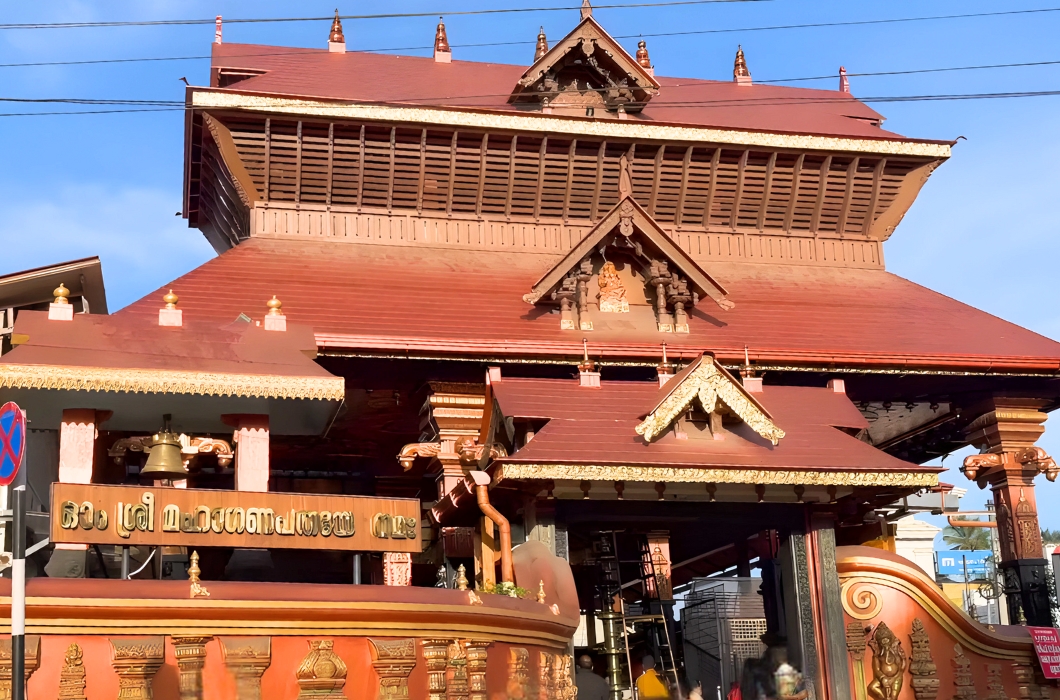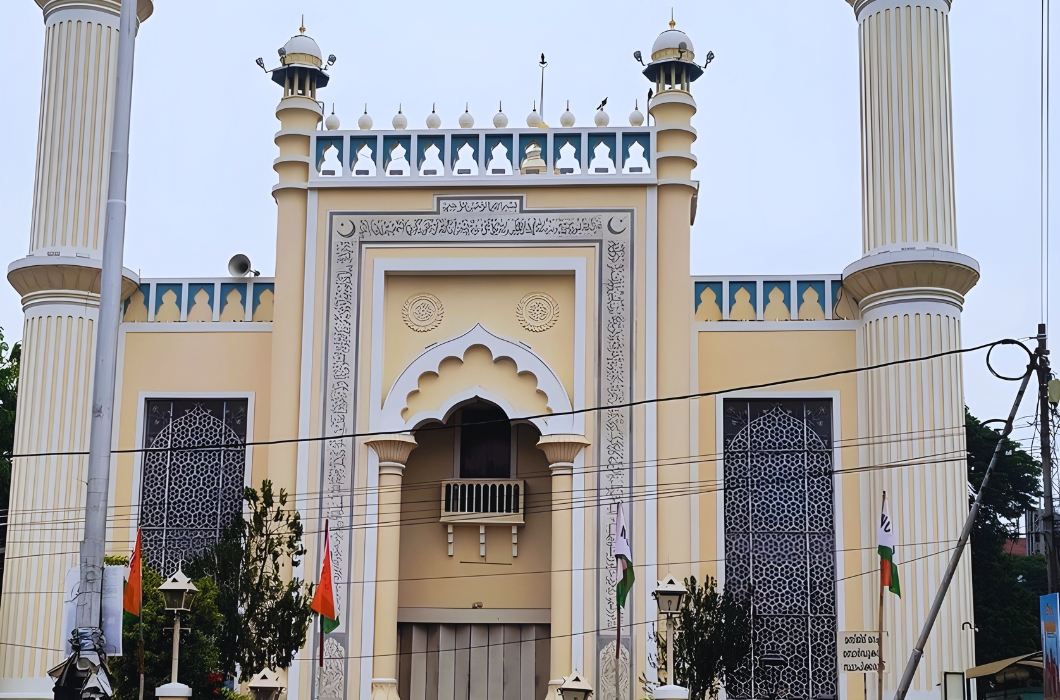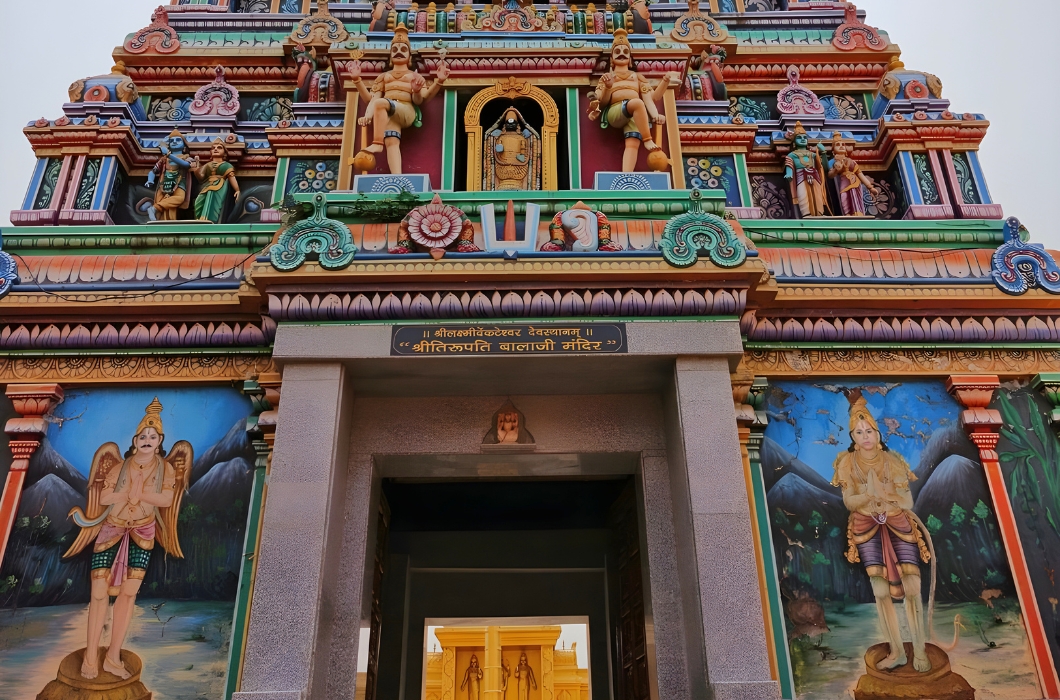The Garden House of Abanindranath Tagore, popularly referred to as “Kuthi Bari,” is an important piece of West Bengal cultural legacy. The Tagore family’s ancestral home, Kolkata’s Jorasanko Thakur Bari complex, is where it is situated. Famous Indian painter and author Abanindranath Tagore is most recognized for establishing the Bengal School of Art, which played a crucial role in advancing Indian creative traditions in reaction to Western influences. Because Abanindranath Tagore produced some of his most famous works and fostered the Indian artistic resurgence there, the Garden House is significant historically. Inspired by nature, Tagore’s aesthetic vision is reflected in the serene environment and the surrounding garden. The fusion of history, culture, and art that embodies the Tagore family’s legacy is open for exploration by guests.
Share On Social:
Facebook
Twitter
Pinterest
WhatsApp

